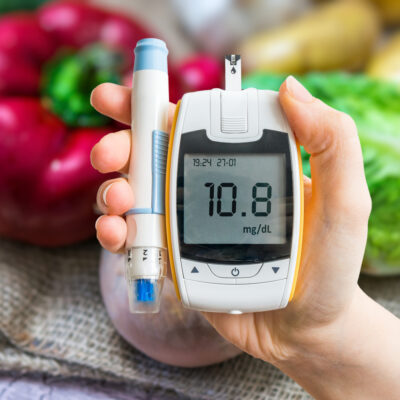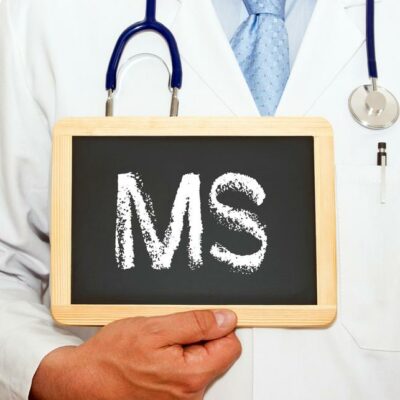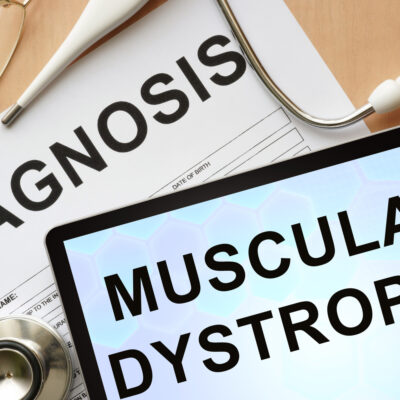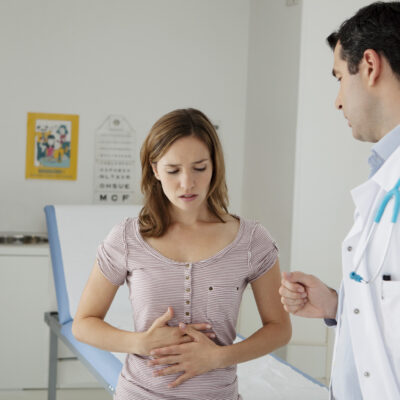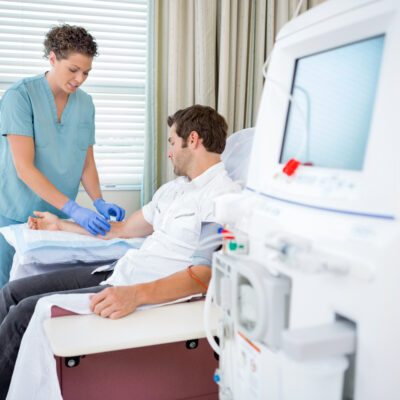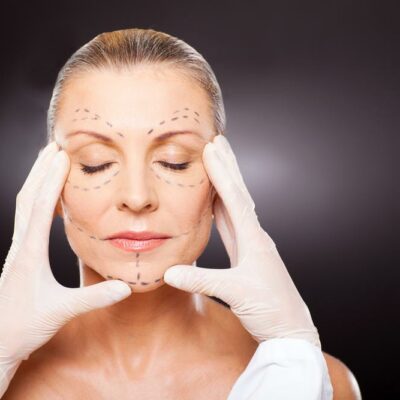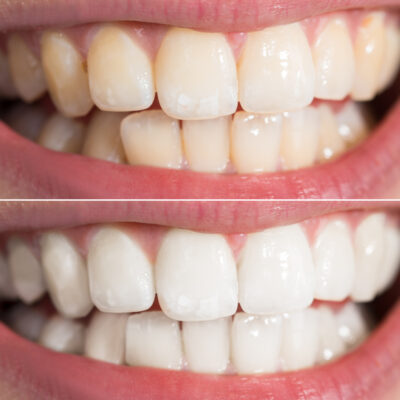
Health
Lifestyle Changes to Treat Atrial Fibrillation
There are various natural home remedies for treatment for atrial fibrillation that can help in keeping the symptoms of the condition in control. It is essential to get proper medical attention when diagnosed with the condition and avail surgical or non-surgical treatment as required, but in addition to these, lifestyle changes can make a huge difference in how it affects one’s life. Lifestyle changes are a natural treatment for atrial fibrillation that focus on leading a healthy lifestyle with the right kind of diet to ensure the health of the heart. Some of the things to focus on include: Regular exercise to be fit and reduce weight (at least 30 minutes of moderate exercise for 5 days a week). Managing blood pressure through dietary changes or medication. Ensuring blood sugar levels are reduced through diet changes and medication. Avoiding stimulants like caffeine and alcohol, that can adversely affect one’s health. Smoking should strictly be avoided as it directly affects heart health. Ensuring the consumption of a balanced diet that has fresh fruits and vegetables, whole grains, and avoid fatty foods. Avoiding food that one is allergic to gluten, eggs, milk, or soy. Taking dietary supplements (if required) to ensure the body gets the nutrients it needs.
Read More 